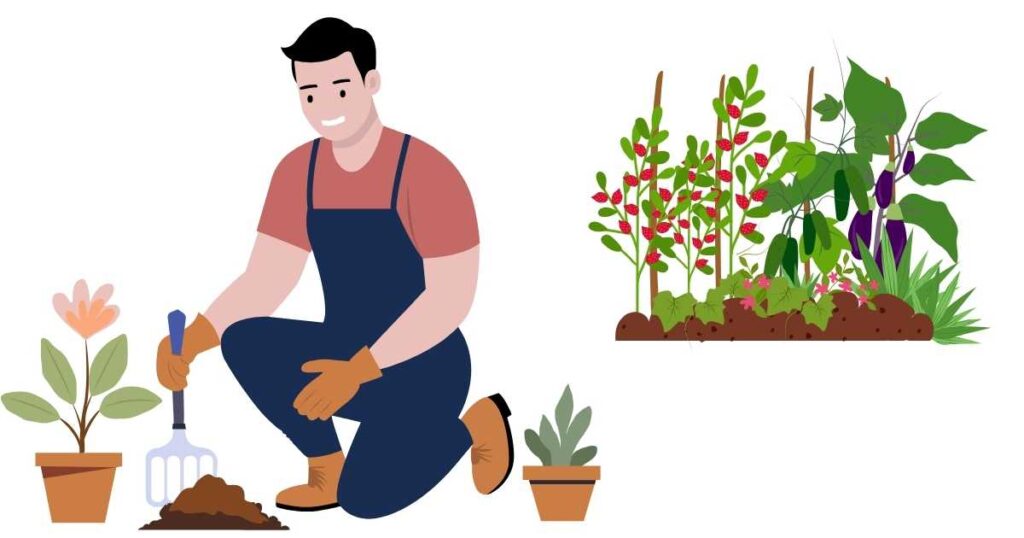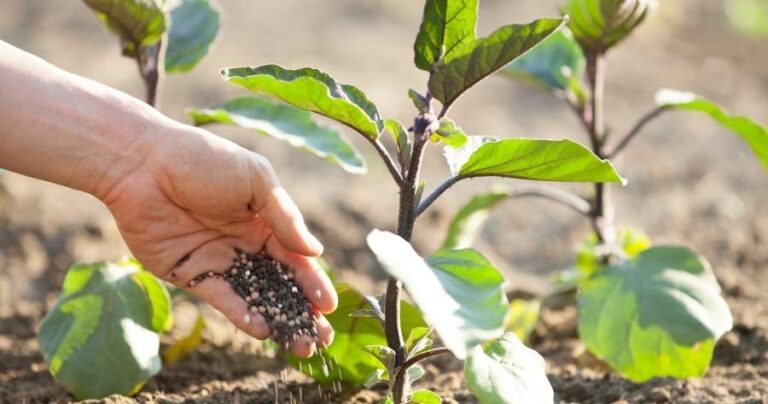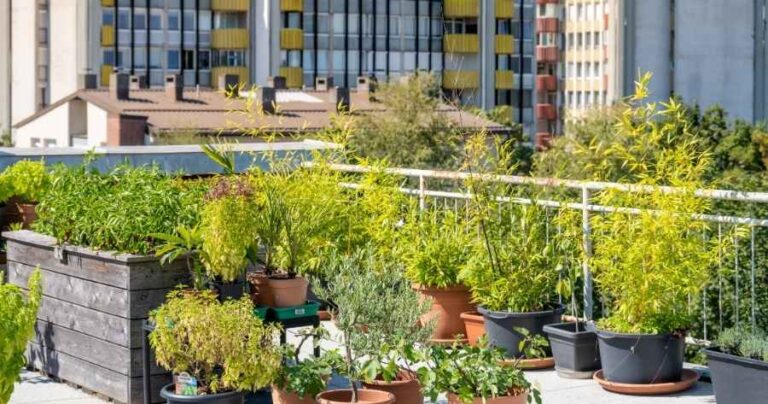
Whether you’re dreaming of vibrant flowers, fresh vegetables, or a peaceful green space, starting a garden can be incredibly rewarding. But if you’re new to gardening, the overwhelming question is: Where do I begin?
This beginner’s guide will walk you through what to plant, when to plant, and how to grow a successful garden. No matter your space, whether it’s a backyard, balcony, or a few pots on a windowsill, you can turn your gardening dreams into reality.

What to Plant as a Beginner Gardener
The best plants for beginners are those that are low-maintenance, fast-growing, and forgiving of small mistakes. Here’s a list of foolproof plants to get you started:
Easy Vegetables to Grow:
- Lettuce – Fast-growing and perfect for small spaces.
- Tomatoes – Ideal for containers; just provide plenty of sun.
- Carrots – Simple to plant and grow underground.
- Radishes – Mature in just a few weeks.
- Green Beans – Quick climbers that offer lots of yield.
Beginner-Friendly Herbs:
- Basil
- Mint
- Parsley
- Chives
- Oregano
Low-Maintenance Flowers:
- Marigolds – Pest-repelling and colorful.
- Sunflowers – Great for kids and very hardy.
- Zinnias – Bright, bold, and bloom all season.
- Petunias – Easy to grow in pots or garden beds.
When to Plant: Understanding the Seasons
Knowing when to plant is just as important as what you plant. While specific timing can vary by climate, here’s a general seasonal guide:
Spring:
- Best for leafy greens, root veggies, and early herbs.
- Start indoors with seeds or sow directly after the last frost.
Summer:
- Ideal for fruiting plants like tomatoes, cucumbers, and peppers.
- Water consistently and provide support for climbing varieties.
Autumn:
- Plant fast-growing greens and prepare soil for winter.
- Time for garlic, spinach, and radishes.
Winter (Indoor Gardening):
- Try herbs and microgreens on your windowsill.
- Start planning and prepping for the next growing season.
How to Start Your Garden: Step-by-Step for Beginners
1. Choose Your Garden Type
- Container Garden – Perfect for small spaces or balconies.
- Raised Bed – Great for controlling soil quality and drainage.
- In-Ground Garden – Best if you have yard space and good soil.
2. Pick the Right Spot
Look for an area that gets at least 6 hours of sunlight per day, has good drainage, and is easily accessible.
3. Prepare the Soil
- Remove weeds and debris.
- Mix in compost or organic matter to enrich the soil.
- Test pH if possible; most plants prefer slightly acidic soil (6.0–6.8).
4. Plant Your Seeds or Seedlings
- Follow spacing and depth instructions on the seed packet.
- Water gently after planting.
- Label your plants to keep track.
5. Water Wisely
- Water early in the morning.
- Keep soil moist, not soggy.
- Use mulch to retain moisture and reduce weeds.
6. Feed and Maintain
- Fertilize every 3–4 weeks with an organic blend.
- Prune dead leaves and flowers to promote new growth.
- Watch out for pests and remove them early.
Tips for Beginner Gardeners
- Start small – Don’t overwhelm yourself with a huge plot.
- Keep a garden journal – Track your successes and what you’ve learned.
- Celebrate mistakes – Every gardener kills a plant sometimes!
- Stay consistent – Water, observe, and adjust regularly.
Conclusion
Gardening is more than planting seeds, it’s planting hope, patience, and joy. Whether you want a vegetable patch, herb garden, or flower bed, this beginner’s guide gives you the foundation to get started.
So grab a trowel, get your hands a little dirty, and enjoy watching your garden and your confidence grow.




